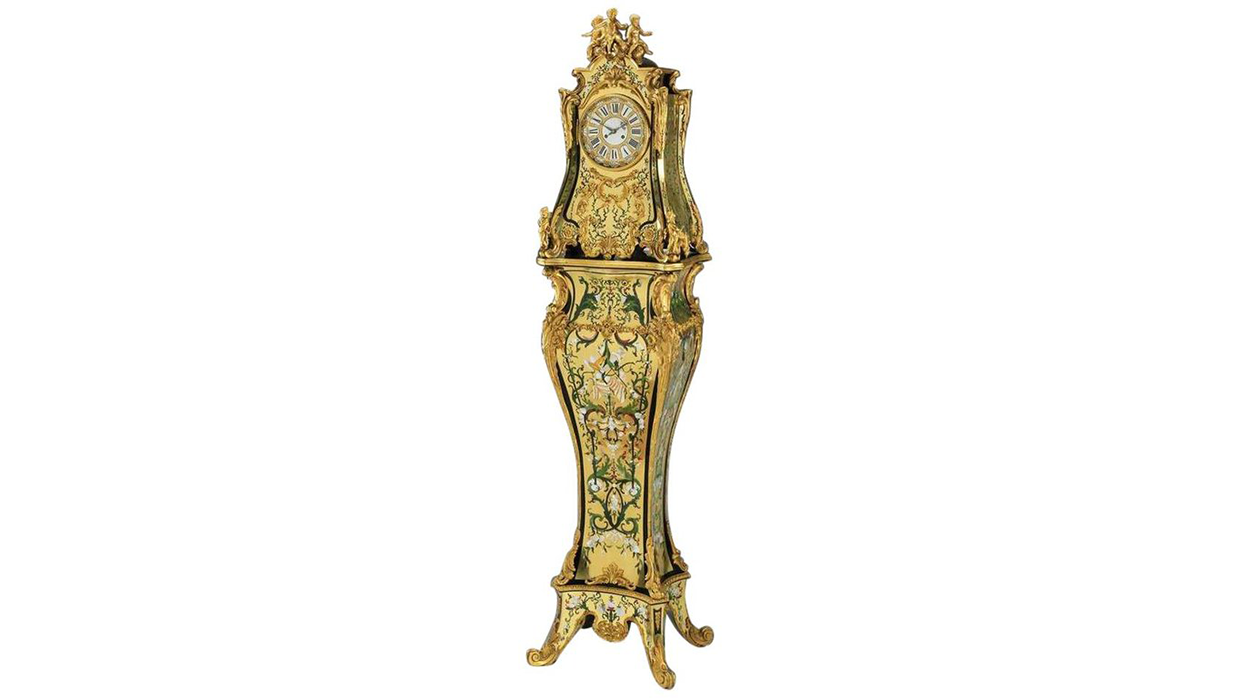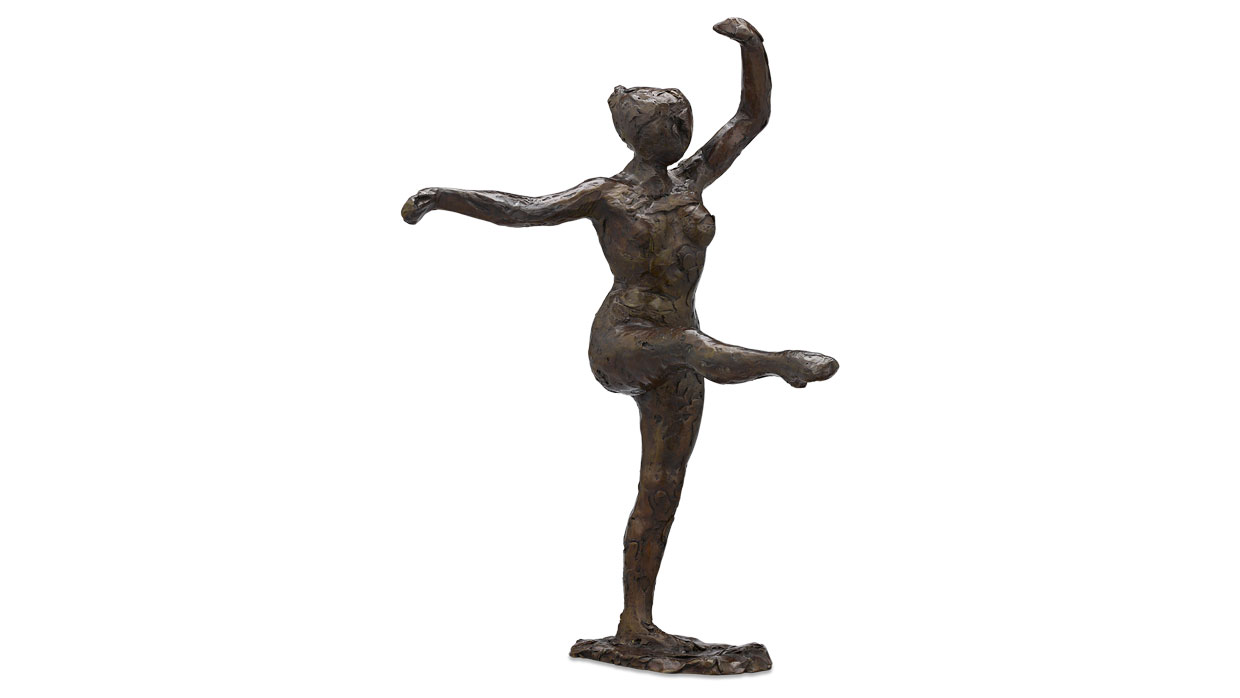Norman Rockwell
1894-1978 | American
Delivering Two Busts
Saturday Evening Post cover, April 18, 1931
Signed “Norman Rockwell” (center right)
Oil on canvas.
For over seven decades, Norman Rockwell captured the attention of millions of Americans with his 321 Saturday Evening Post cover illustrations. Each week, Americans brought his art into the intimate space of their homes, engraining Rockwell’s images into the cultural narrative of the country. This iconic oil on canvas epitomizes the Americana charm and historical significance of Rockwell’s Saturday Evening Post works, which have come to exemplify the values and patriotic consciousness of their age.
When Rockwell created this cover illustration, entitled Delivering Two Busts, in 1931, Americans were two years into the Great Depression, with no respite in sight. At a time when jobs were scarce and paychecks were small, many Americans took any job that came their way. This illustration suggests his subject is not a delivery man by choice, but rather a victim of the Depression who lost his original job like so many others across the country. The newspaper, haphazardly tossed on the ground at his feet, implies an unsuccessful job search, furthered by his slouched posture as he holds two busts for delivery.
The busts themselves are wonderful portraits, delicately rendered to portray the Venus de Milo on the left, and Apollo on the right. In part, it is the genius juxtaposition of these two figures of ideal classical beauty to the rather earnest but plain face of the deliveryman that is the focus of Rockwell’s satire. This is truly a comparison of the ideal to the real, perhaps indicating the hopes of the people versus the reality of the nation. As the visual chronicler of his age, Rockwell’s paintings showed that times were not easy. Yet, with his uncanny talent to capture the poetry in everyday life, in this painting, the artist gives both a glimpse of his lighthearted humor as well as his quintessential “Yankee” conviction that despite times being tough, “this too shall pass.” Endurance will triumph.
Rockwell tapped into the nostalgia of the American people and his ability to create visual stories that expressed the desires of a nation helped to clarify and, in a sense, create that nation’s vision. While history was in the making all around him, Rockwell chose to fill his canvases with the small details and nuances of ordinary people in everyday life. Taken together, his many paintings capture the essence of the American spirit. “I paint life as I would like it to be,” Rockwell once said. Mythical, idealistic, and innocent, his paintings evoke a longing for a time and place that existed in his rich imagination and in the hopes and aspirations of the nation.
Painted in 1931
Canvas: 34” high x 27 1/2” wide
Frame: 41 1/4″ high x 34 1/4″ wide
References:
Norman Rockwell: A Definitive Catalogue, Volume 1, by L. Norton Moffatt, p.121



